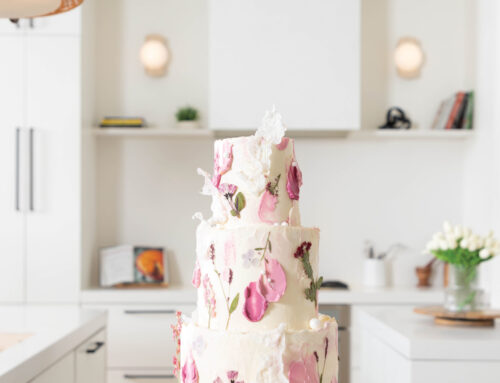Welcome to the sixth annual Advocate rosé column, where our motto is: If it’s summer and you have $10, you can buy a pretty good rosé — and sometimes even get change back.
In fact, this may be the best rosé season in memory. I can’t remember when I’ve seen more quality pink wine at an affordable price. For some reason, the slowing economy and the weak dollar, which have pushed up a variety of other wine prices, haven’t done the same for rosé. In addition, the “rosé is hip, so let’s charge $20 a bottle” trend, which has been big the past couple of summers, seems to be running out of steam. There are still pink wines that cost that much, but the focus has returned to where it should be — quality stuff for $15 and less.
What do you need to know about rosé? It’s a fruity wine that’s not as heavy as most red wines and even some whites. But it’s not sweet. That’s white zinfandel or white merlot or whatever, and if that’s what you drink, give rosé a try. Also, rosé’s fruit flavors are mostly red berries (think strawberry), as opposed to the white fruits or citrus of most white wines. Rosés should be served chilled, and they pair pretty much with any food, including beef and barbecue — some of them are that dry.
A note on vintages: Look for 2007, and be wary if anyone sells anything much earlier than 2006. Rosés are not made to age, and should be fresh and flavorful. The color in older vintages starts to fade, like paper that yellows.
Any of the following (and this is far from a complete list) are well worth trying:
• From France: Tortoise Creek ($9), Matignon Cabernet d’Anjou, ($10), Fat Bastard ($10) and Pink Criquet ($15). The latter, made with St. Emillion grapes, is especially impressive.
• From Spain: Cortijo III ($8), Espelt Corali ($10) and Faustino V ($9). Actually, I tasted about a dozen Spanish rosés this spring, and all were worth drinking.
• From : McPherson Cellars ($12), Toad Hollow ($11) and Bonny Doon Vin Gris de Cigare ($13).
Mostly Salade Nicoise
There’s the classic version of this, and then there are all the others. If you’re in the south of France, it will include tomatoes, anchovies, black olives, capers, green beans, tuna and hard-boiled eggs, without much lettuce. If you’re making dinner on a hot summer night, use what’s on hand. If you’re out of hard-boiled eggs, for example, but have plenty of bell peppers, skip the former and use the latter. In fact, any typical salad ingredient will work, from leftover cooked chicken to croutons. Serve this with crusty French bread and your favorite rosé.
Serves four, takes about 20 minutes
5-6 cups lettuce, torn into bite-sized pieces
4 hard-boiled eggs, sliced
2 cans best quality tuna filets in olive oil (if all you have is the chunk grocery store stuff, leave the tuna out)
1 cucumber, sliced thinly
2 medium tomatoes, cut in chunks
2 cups cooked green beans (frozen are fine — defrost them in the microwave)
1/2 red onion, sliced thinly
1/2-1 cup pitted black olives
Salt and pepper to taste
Vinaigrette to taste
1. Toss the lettuce pieces with salt and pepper, and spread over a large plate or platter.
2. Put the rest of the ingredients, except for the vinaigrette, on the lettuce in any design that you want. Julia Child recommends the tuna and the red onions in the center, dumping the tuna and the oil over the red onions.
3. Pass the vinaigrette and dress the salad after it’s served.
Ask the wine guy
Q: What’s a fruit wine? Are they worth drinking?
A: Fruit wines are made with everything from tomatoes to pineapple to lemons. Most of them are sweet, and lack the quality of the best grape wines. You’ll usually find them made in regions where it’s too hot to grow the best wine grapes. Generally, fruit wines are best with dessert or as a topping — pouring blackberry wine over vanilla ice cream, for example.





